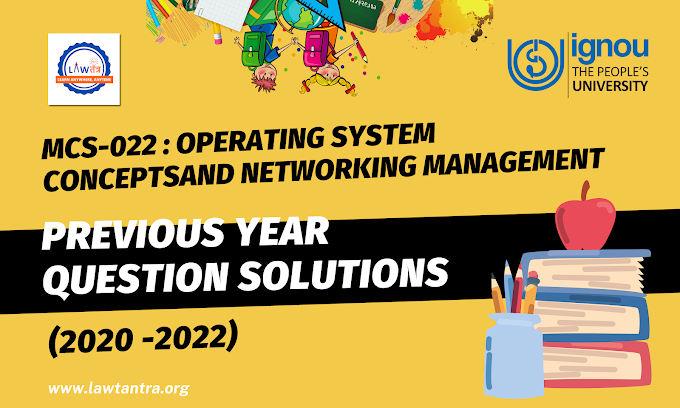PowerPoint is a presentation program developed by Microsoft. It is included in the standard Office suite along with Microsoft Word and Excel. The software allows users to create anything from basic slide shows to complex presentations.
PowerPoint is often used to create business presentations, but can also be used for educational or informal purposes. The presentations are comprised of slides, which may contain text, images, and other media, such as audio clips and movies. Sound effects and animated transitions can also be included to add extra appeal to the presentation. However, overusing sound effects and transitions will probably do more to annoy your audience than draw their attention. (Yes, we have all heard the car screeching noise enough times for one lifetime.)
Most PowerPoint presentations are created from a template, which includes a background color or image, a standard font, and a choice of several slide layouts. Changes to the template can be saved to a "master slide," which stores the main slide theme used in the presentation. When changes are made to the master slide, such as choosing a new background image, the changes are propagated to all the other slides. This keeps a uniform look among all the slides in the presentation.
When presenting a PowerPoint presentation, the presenter may choose to have the slides change at preset intervals or may decide to control the flow manually. This can be done using the mouse, keyboard, or a remote control. The flow of the presentation can be further customized by having slides load completely or one bullet at a time. For example, if the presenter has several bullet points on a page, he might have individual points appear when he clicks the mouse. This allows more interactivity with the audience and brings greater focus to each point.
PowerPoint presentations can be created and viewed using Microsoft PowerPoint. They can also be imported and exported with Apple Keynote, Apple's presentation program for the Macintosh platform. Since most people prefer not to watch presentations on a laptop, PowerPoint presentations are often displayed using a projector. Therefore, if you are preparing a PowerPoint presentation for a room full of people, just make sure you have the correct video adapter.
Making Effective PowerPoint Presentations
Use the slide master feature to create a consistent and simple design template. It is fine to vary the content presentation (i.e., bulleted list, 2-column text, text & image), but be consistent with other elements such as font, colors, and background.
Simplify and limit the number of words on each screen. Use key phrases and include only essential information.
Limit punctuation and avoid putting words in all capital letters. Empty space on the slide will enhance readability.
Use contrasting colors for text and background. Light text on a dark background is best. Patterned backgrounds can reduce readability of text.
Avoid the use of flashy transitions such as text fly-ins. These features may seem impressive at first, but are distracting and get old quickly.
Overuse of special effects such as animation and sounds may make your presentation “cutesy” and could negatively impact your credibility.
Use good quality images that reinforce and complement your message. Ensure that your image maintains its impact and resolution when projected on a larger screen.
If you use builds (lines of text appearing each time you click the mouse), have content appear on the screen in a consistent, simple manner; from the top or left is best. Only “build” screens when necessary to make your point because builds can slow your presentation.
Limit the number of slides. Presenters who constantly “flip” to the next slide are likely to lose their audience. A good rule of thumb is one slide per minute.
Learn to navigate your presentation in a non-linear fashion. PowerPoint allows the presenter to jump ahead or back without having to page through all the interim slides.
Know how to and practice moving forward AND backward within your presentation. Audiences often ask to see the previous screen again.
If possible, view your slides on the screen you’ll be using for your presentation. Make sure slides are readable from the back row seats. Text and graphical images should be large enough to read, but not so large as to appear “loud.”
Have a Plan B in the event of technical difficulties. Remember that transparencies and handouts will not show animation or other special effects.
Practice with someone who has never seen your presentation. Ask them for honest feedback about colors, content, and any effects or graphical images you’ve included.
Do not read from your slides. The content of your slides is for the audience, not for the presenter.
Do not speak to your slides. Many presenters face the direction of their presentation rather than their audience.
Do not apologize for anything in your presentation. If you believe something will be hard to read or understand, don’t use it.
When possible, run your presentation from the hard disk rather than a floppy disk. Running from a floppy disk may slow your presentation.
The Seven Deadly Sins of PowerPoint Presentations
By Joseph Sommerville
It’s not surprising PowerPoint© slideshows have become the norm for visuals in most business presentations. Slideshows are quick to produce, easy to update and effective to inject visual interest into the presentation. However, slideshows can also spell disaster even for experienced presenters. The key to success is to make certain your slide show is a visual aid and not a visual distraction. For the best results, avoid these common “seven deadly sins” of PowerPoint presentations.
Slide Transitions And Sound Effects: Transitions and sound effects can become the focus of attention, which in turn distracts the audience. Worse yet, when a presentation containing several effects and transitions runs on a computer much slower than the one on which it was created, the result is a sluggish, almost comical when viewed. Such gimmicks rarely enhance the message you’re trying to communicate. Unless you are presenting at a science fiction convention, leave out the laser-guided text! Leave the fade-ins, fade-outs, wipes, blinds, dissolves, checkerboards, cuts, covers and splits to Hollywood filmmakers. Even “builds” (lines of text appearing each time you click the mouse) can be distracting. Focus on your message, not the technology.
- Sol DU online exams from March 15, 4 Important questions
how to protect yourself against cybercrime.( DU sol online exams )
- farmer-protest-live-updates
- CAT2020: Read these important things before going to the exam hall
- Modi government gave big relief, Small Business
- New farm laws and conflict between Govt. & Farmers
- Struggle in Drafting Constitution
- Defamation and IT Act






1 Comments
Can you provide the answer of 3 and 6th questions ?
ReplyDeletePlease do not enter any spam link in the comment box.